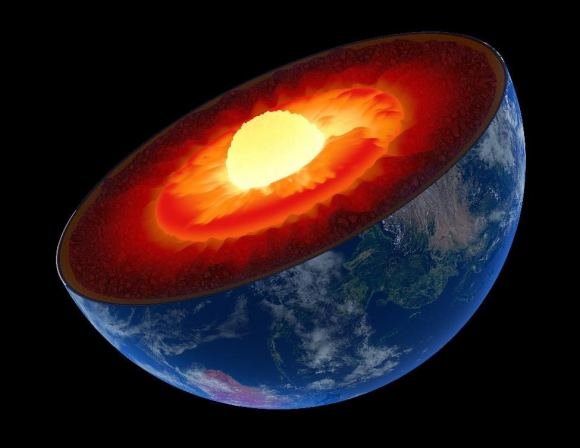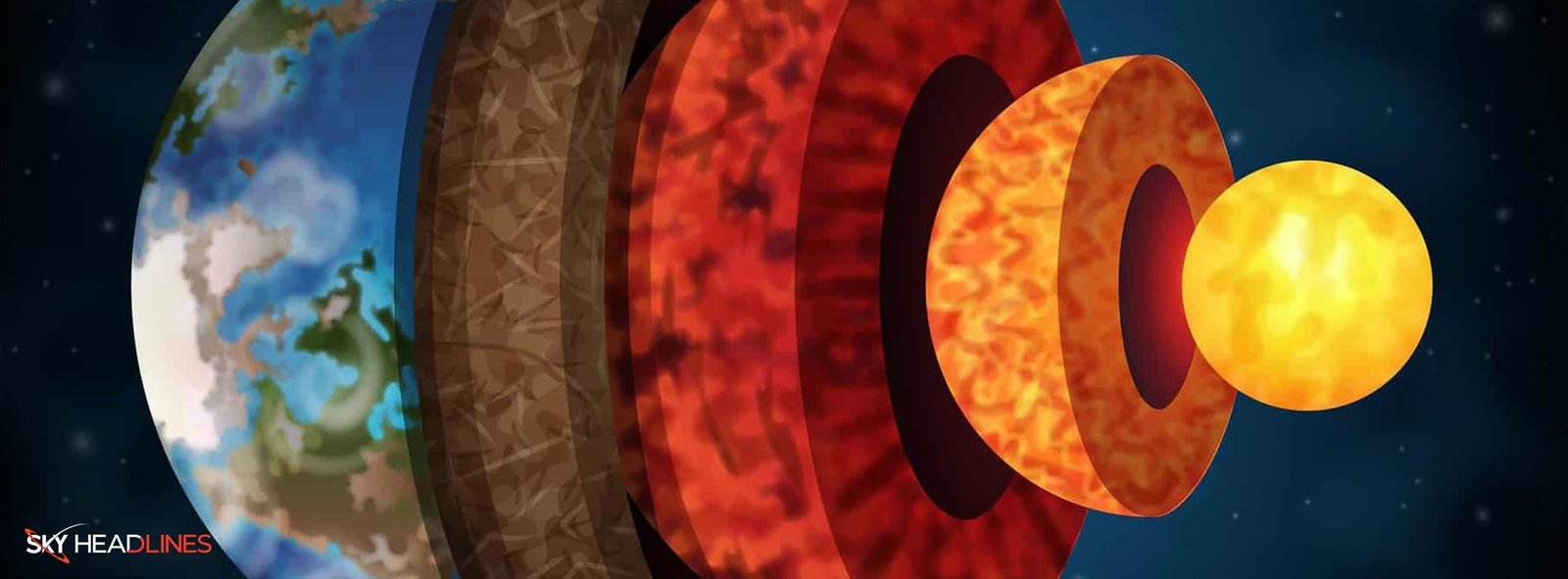Seismic wave investigations have been used to study Earth’s structure and innermost inner core for decades. Earthquake shock waves are measured as they pass through the core. Scientists can determine denser places by measuring speed anisotropy. Moreover, these findings have led to the current geological model, which has four layers: a crust and mantle (mostly silicate minerals) and an outer core and inner core (nickel-iron).
RSES and ANU seismologists:
ANU seismologists say a recent study revealed Earth’s deepest inner core. The scientists discovered an “innermost inner core”—a solid metal ball—in Earth’s inner core in a Nature Communications study. These findings may illuminate Earth’s evolution and lead to five-layer geological models instead of four.
ANU Research School of Earth Sciences (RSES) postdoctoral fellow Thanh-Son Pham and Professor Hrvoje Tkalcic led the study. They stacked seismic wave data from 200 magnitude-6 or more significant earthquakes throughout the past decade. Seismic stations globally recorded the triggered waveforms, which went directly through the Earth’s center to the antipode before returning to the earthquake’s source.

New Data Shows Earth’s Innermost Inner Core Has Layers:
Anisotropy measurements of Earth’s inner core based on these waves’ travel times revealed previously-unrecorded data about Earth’s interior structure. This included the possible presence of a layered structure in the innermost part of the inner core. “The existence of an internal metallic ball within the inner core, the innermost inner core, was hypothesized about 20 years ago,” said Dr. Pham in an ANU press release. “We now provide another line of evidence to prove the hypothesis.”
Seismic waves show how iron atoms align at high temperatures and pressures or form crystals. The scientists observed that the bouncing seismic waves repeatedly investigated areas near the Earth’s center from different angles. By evaluating seismic travel timings, they extrapolated that the core’s innermost crystalized structure has an outside layer.
These discoveries may explain how waves speed up or slow down as they penetrate the innermost inner core. Dr. Pham:
“By developing a technique to boost the signals recorded by densely populated seismograph networks, we observed, for the first time, seismic waves that bounce back -and forth up to five times along the Earth’s diameter. Previous studies have documented only a single antipodal bounce. The findings are exciting because they provide a new way to probe the Earth’s inner core and its centermost region.”

According to Professor Hrvoje Tkalcic:
One Alaska earthquake caused seismic waves that “bounced off” in the South Atlantic before returning to Alaska. The ANU team suggests a massive global event may have changed Earth’s inner core crystal structure. Hence, Prof. Tkalcic stated studying Earth’s deep interior could reveal its evolutionary history:
“This inner core is like a time capsule of Earth’s evolutionary history – it’s a fossilized record that serves as a gateway into the events of our planet’s past. Events that happened on Earth hundreds of millions to billions of years ago. There are still many unanswered questions about the Earth’s innermost inner core, which could hold the secrets to piecing together the mystery of our planet’s formation.”
On the Whole Innermost Inner Core
Lastly, seismic wave studies by ANU studies discovered Earth’s “innermost inner core,” a solid metal ball. Scientists discovered Earth’s internal structure by stacking seismic wave data from 200 magnitude-6 or more significant earthquakes during the past decade. These findings may also lead to five-layer geological models instead of four and explain how waves speed up or slow down when they penetrate the innermost core. The discovery may disclose Earth’s evolutionary history by probing its inner core and center.





